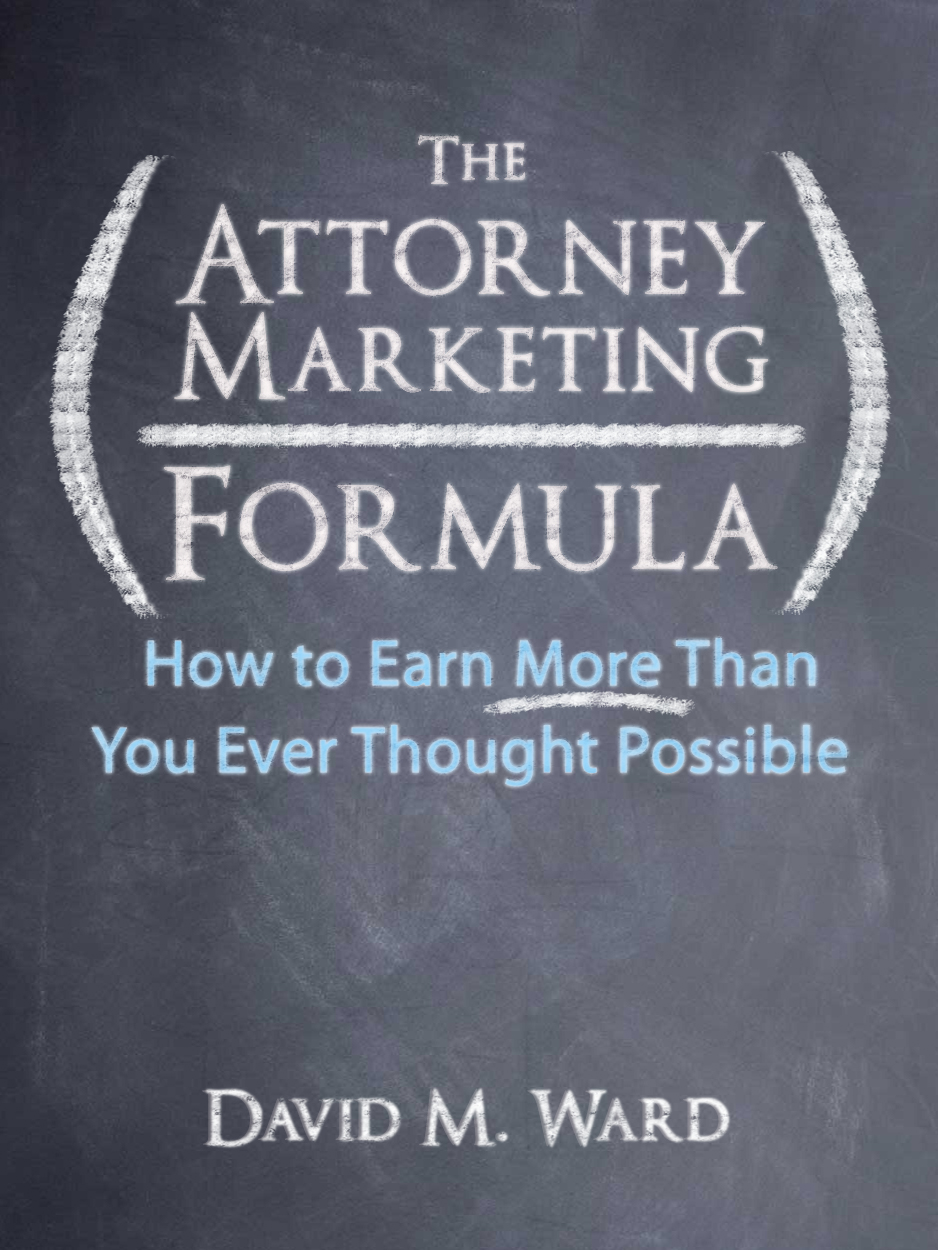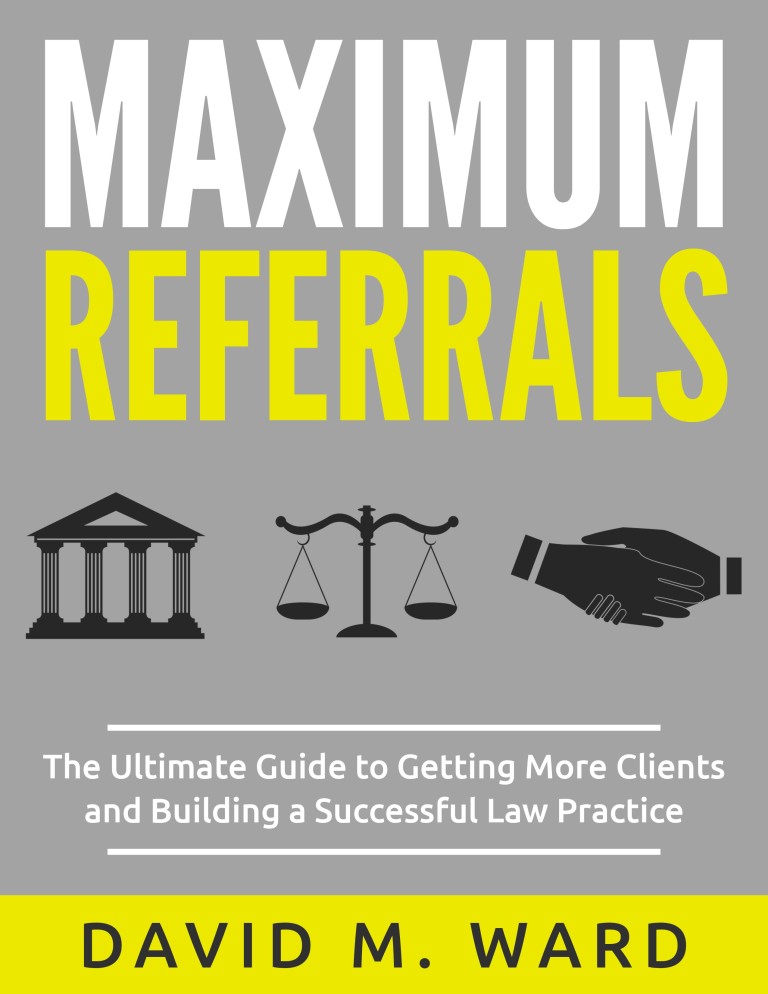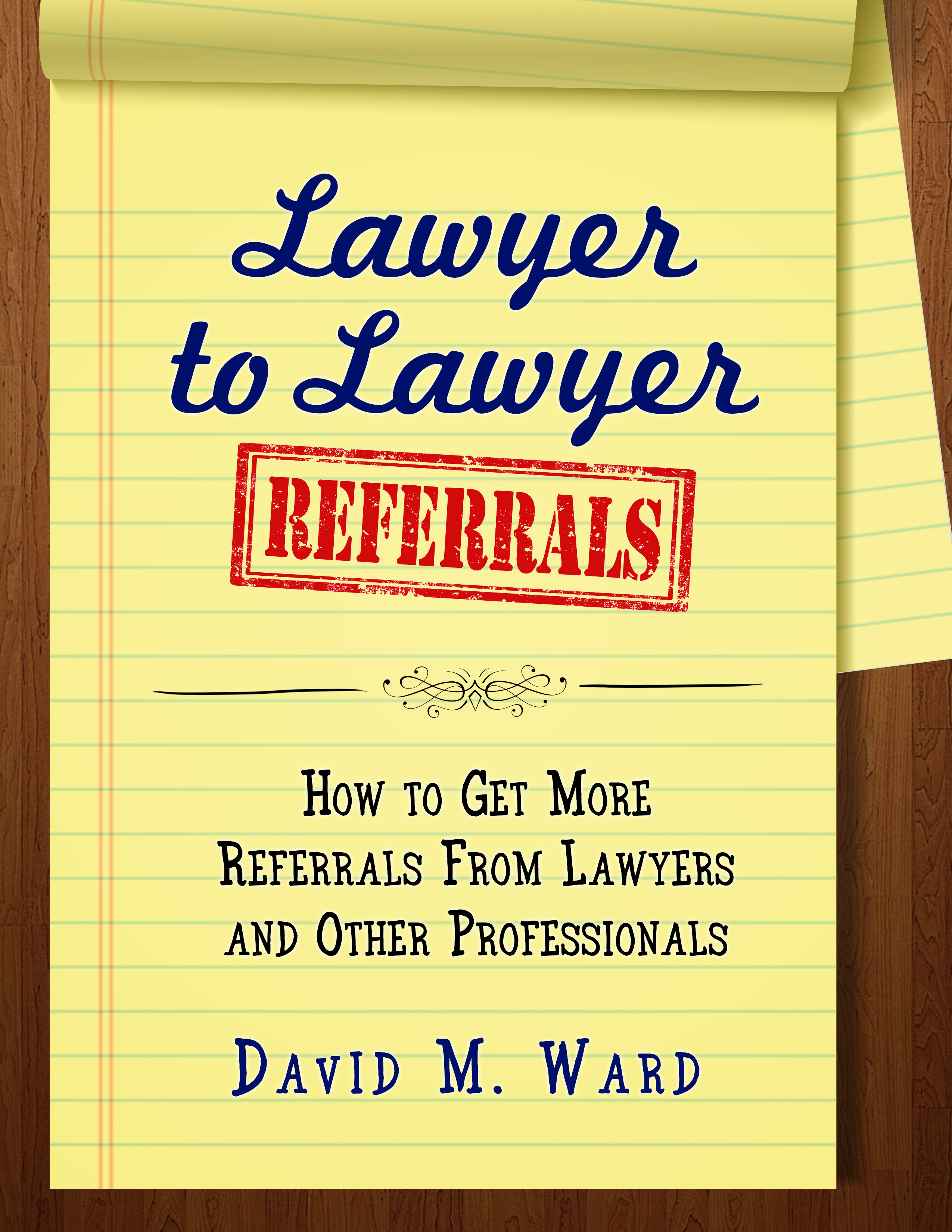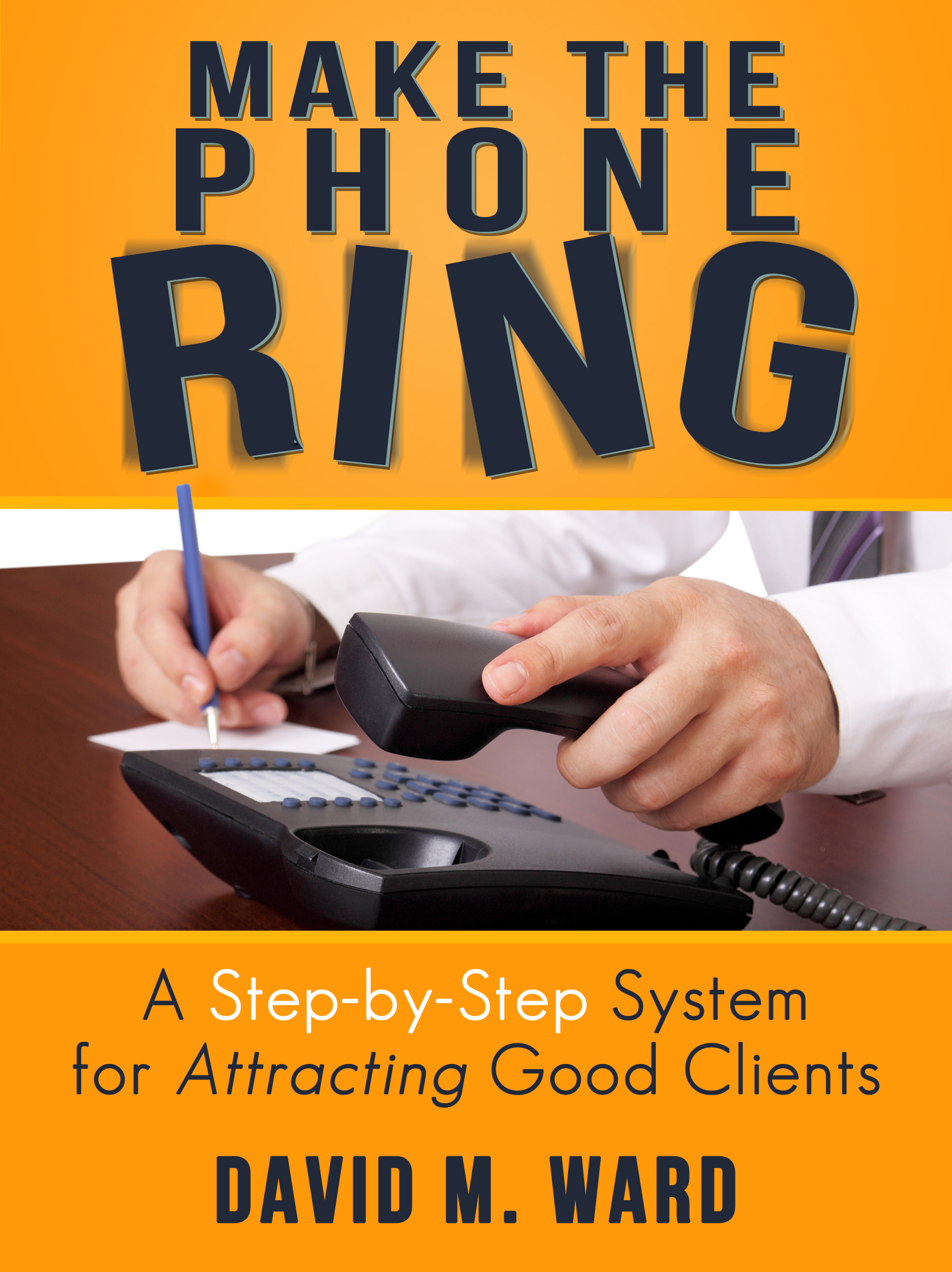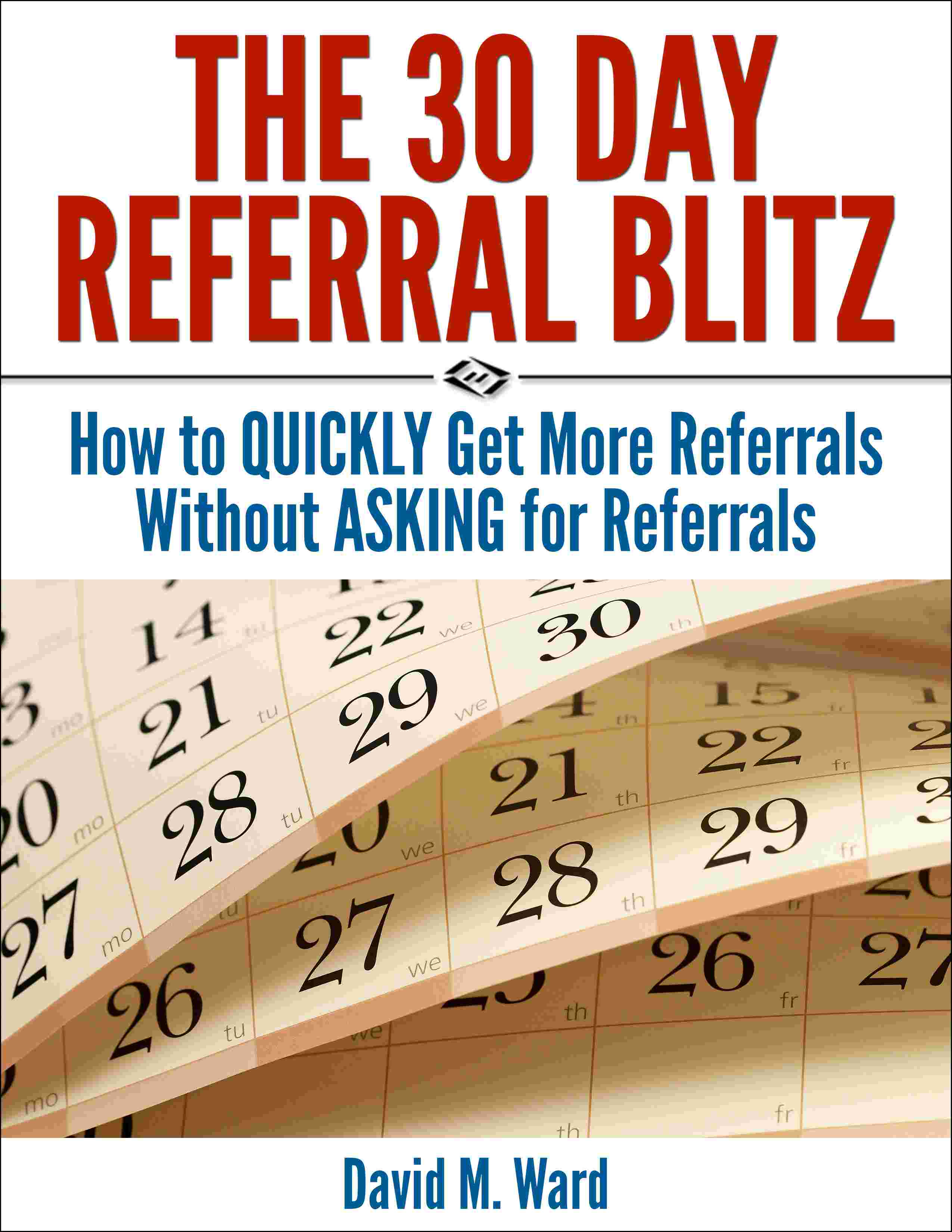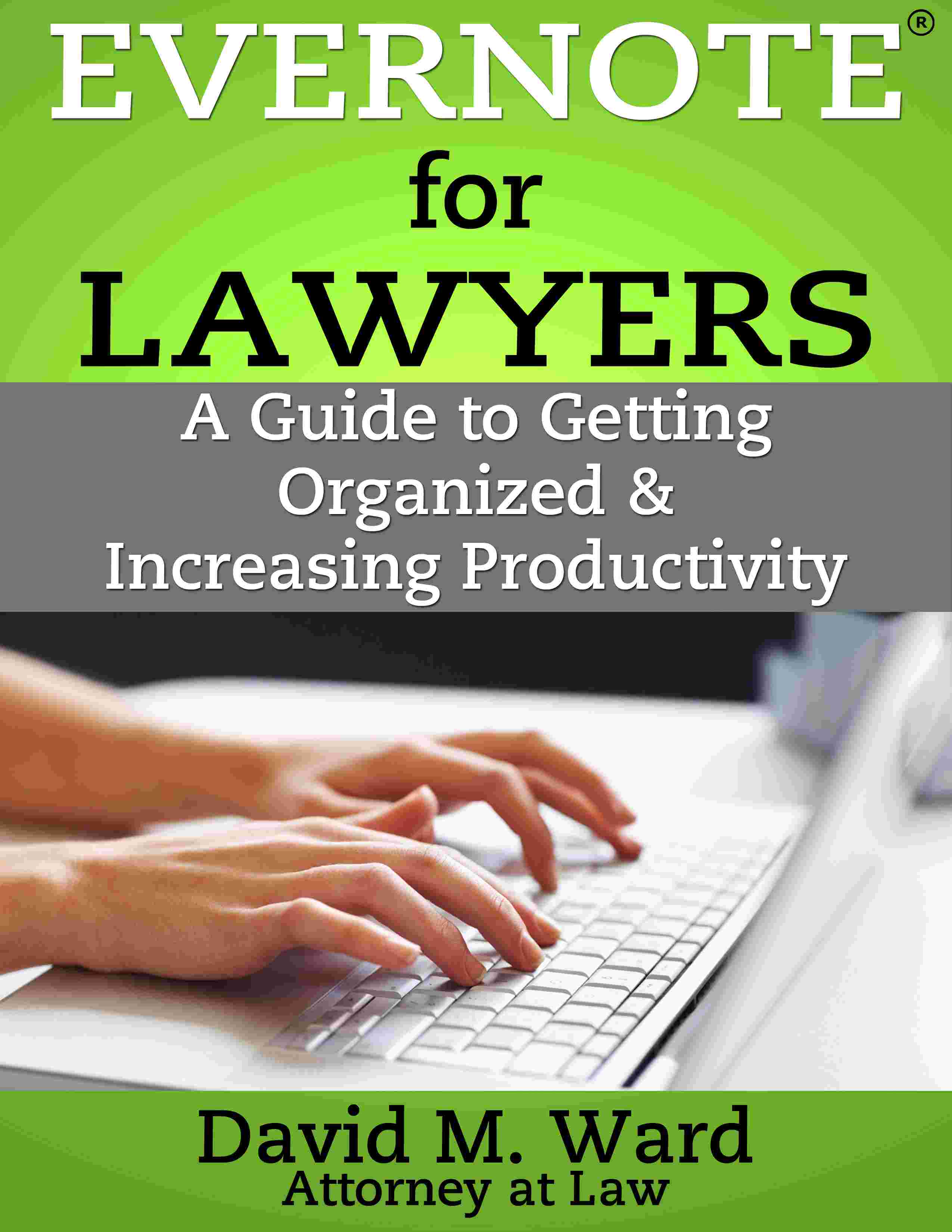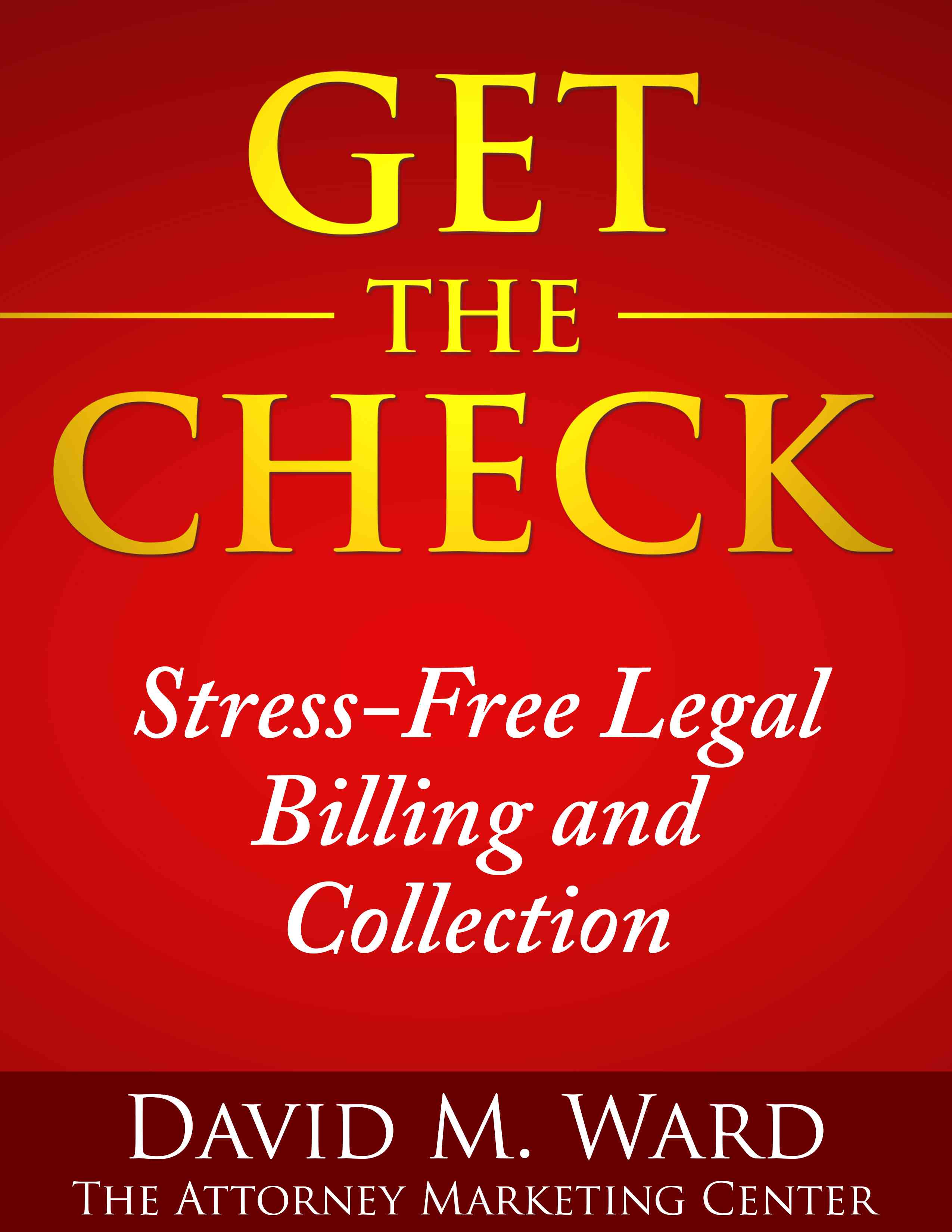In yesterday’s post I made the point that most clients don’t price shop, that price isn’t at the top of their list of hiring criteria. A lawyer posted on Facebook that he sees price shopping all the time, the result of the commoditization of legal services.
Who’s right? We both are.
If the services you sell are just like everyone else’s, you have a commodity and if a client can buy it from someone else for less, they often will. In the age of the Internet, it’s easy to find dozens of lawyers who offer the same services. If the attorneys advertise their fees, as many who offer commodities do, it’s even easier to compare prices. When all the client has to go on is price, price becomes important.
At the same time surveys consistently tell us that price is not the number one criteria among clients. It’s not irrelevant, they are just more concerned with issues of trust and quality.
So, we have a dichotomy. Clients say price isn’t the number one factor in choosing a lawyer and yet many clients do compare prices. How do you reconcile these two statements? More importantly, how do you avoid the price shoppers?
There are two ways. The first is to not offer what everyone else is offering so there can be no comparison. When every other attorney is offering apples, you offer oranges.
Package and promote your services so that they are different from what other lawyers offer. The average lawyer offers a commodity, you don’t. You offer something different and better.
If you handle consumer bankruptcy, for example, look for ways to add value and scope to your services and offer a comprehensive bundle of benefits that goes beyond the core services you now offer. This might include loan modification, tax lien negotiation, foreclosure defense, and credit repair. You might offer these additional services yourself or partner with other professionals who do. If not a complete service, at least offer information and advice so the client can get the solutions they need.
Don’t just treat the disease, cure the patient!
Put on your thinking cap and get your creative juices flowing. But don’t start with your services, start with your clients and the problem they want to solve. What caused the problem? What do they need to do to fix it? How can they avoid having this problem in the future? What other problems do they have? What problems have they had in the past or are likely to have in the future?
The answers to these questions will allow you to create a unique bundle of services that distinguish you from other lawyers and allow you to charge more than they do.
If you offer what everyone else does, as the average lawyer does, you will continue to see price shoppers, and in today’s economy especially, downward pressure on your fees. If you offer what nobody else does, or if you promote your services in ways that nobody else does, you will be (or appear to be) unique. You can sell your oranges for more than average attorneys sell their apples.
The second way to avoid price shoppers is by getting referrals. Referred clients come to you pre-sold. Somebody they trust already checked you out, took the risk of hiring you, and gave you a passing grade. If the referred client does go looking at what other lawyers are charging, they still won’t know if those lawyers are any good. And they know they will have to “answer” to the friend who refers them if they decide to go somewhere else.
If you combine the two strategies, packing your services in unique ways and getting most of your business from referrals, your income will be anything but average.






